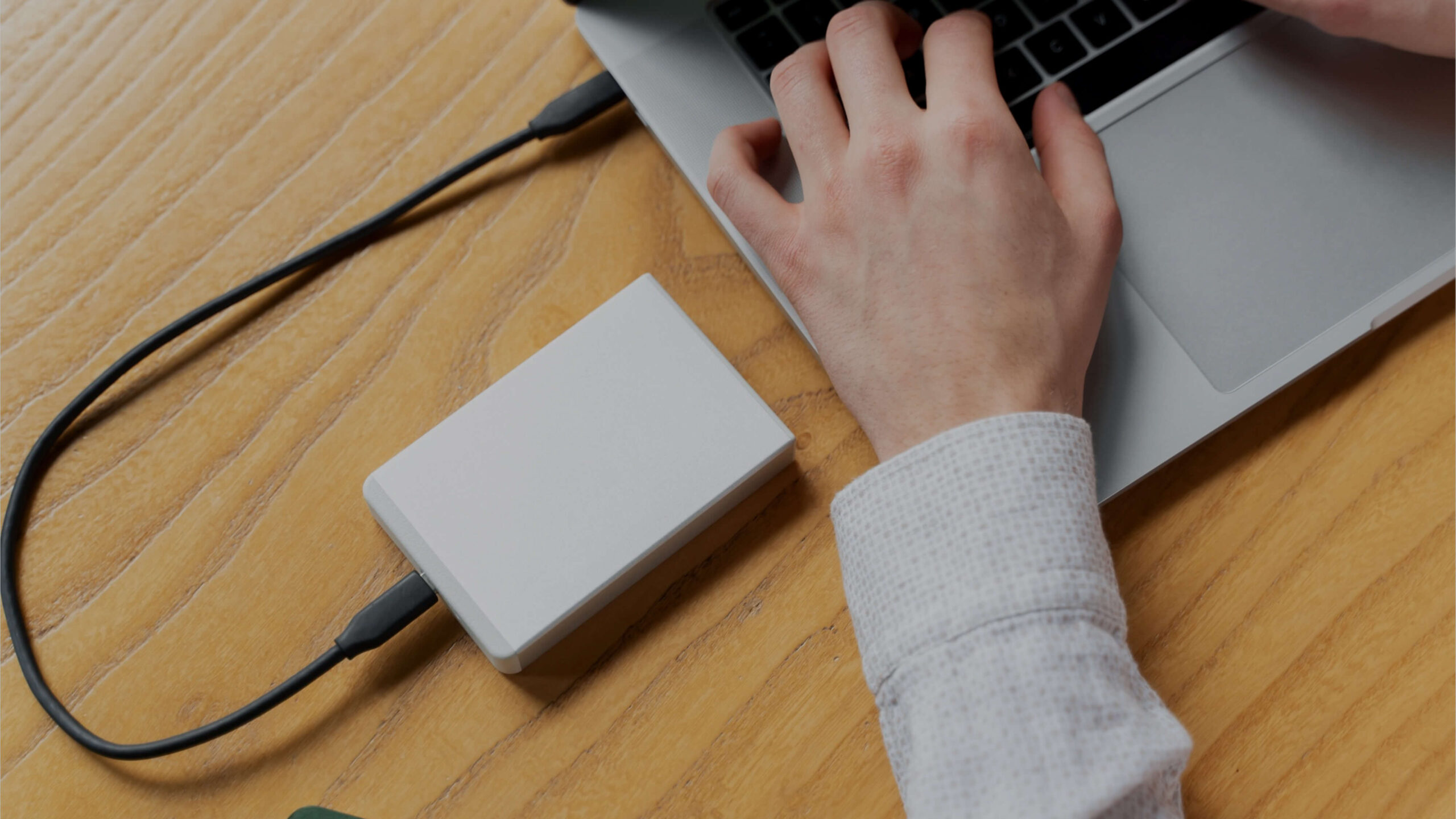Removable media such as USB drives, SD Cards, Optical Media, etc., are great data storage and backup tools. It is a great way to quickly transfer large amounts of data and back up important data in case of computer failure or other disasters. It is also valuable for transferring data between multiple computers and mobile devices. Removable media is also helpful for archiving data, allowing you to store essential data over a long period of time without taking up large amounts of space on your primary computer. Such devices are used extensively by many people in their daily lives because of their easy handling, usage, and availability, which leads us to the question of ensuring the safety of such removable media.
Removable media can be an easy target of:
- Data loss as it can be easily stolen or lost,
- Can be used to transfer malicious software, including viruses, and spyware, to a computer,
- Can weaken the security of a system, as it facilitates the transfer of data to and from the system, including data that could be used to gain unauthorized access,
- Can be used to transfer sensitive data from one system to another, potentially compromising the privacy of users,
- Removable media can make tracking and managing data difficult, leading to inefficient data management processes.
Encrypting Removable Media:
Due to these reasons, it becomes essential to protect a user’s data while using such devices, and one such method is to use the technology of ‘Encryption.’ Encryption of removable media encrypts data stored on devices such as USB drives, external hard drives, and SD cards. Encryption ensures that the data stored on the device is kept secure and private. It prevents unauthorized access to the stored data and can protect the data if the device is lost or stolen. Encryption can be done using a variety of encryption algorithms, such as AES and Triple DES.
Encrypting removable media is crucial because it can help protect the data stored on it from unauthorized access. Removable media is particularly vulnerable to theft, loss, and malicious attacks, so encryption can help ensure that the data on the device is not accessible to anyone without the proper encryption key. Additionally, encrypting removable media allows for the secure sharing of data, preventing it from being modified or corrupted while in transit. Encryption also helps to protect the data from being accessed even if the device is stolen.
Removable Media Policy:
A removable media policy is a document outlining the rules and regulations governing the use of removable media within an organization. It is designed to protect the organization from potential security risks and to ensure that confidential data is not inappropriately disclosed. The policy should also address how removable media is managed and how it is used for backing up data. Additionally, it should outline the acceptable use of removable media, such as for taking work home or for transferring data between computers as well as will typically include guidelines for the types of media that can be used, who can access it, and the steps that must be taken to ensure the security of the data.
Ensuring Removable Media Policy:
- Clearly define the types of removable media that are allowed to be used.
- Prohibit the use of unauthorized removable media, such as personal USB drives.
- Require any removable media to be approved and registered in advance.
- Establish a process to erase any removable media that is no longer used securely.
- Include a list of approved software for use with removable media.
- Require users to follow all company policies, including password policies and encryption requirements.
- Specify the types of data that can be stored on removable media and the manner in which it must be stored.
- Prohibit the use of removable media for the storage of sensitive data.
- Require users to report any lost or stolen removable media immediately
- Establish a process for verifying that all removable media is scanned for viruses before use.
Conclusion:
The best way to protect data that is stored on removable media is to encrypt it. Encryption ensures that the data is kept secure and cannot be accessed without the correct credentials. It also makes it very difficult for anyone to alter or use the data for malicious purposes. Encryption is an important security measure that should be used whenever removable media stores sensitive information. This can help to protect your confidential information and prevent data theft. Additionally, encryption can be used to protect data that is stored on the device itself, such as passwords or financial information. It can lead to data integrity, meaning that information stored on a removable media device cannot be altered without permission, and it can be convenient to the users by making it easy to transfer files securely between computers and devices and streamlining the processes by saving time.
References:
- The security awareness hazards of removable media | Infosec Resources (infosecinstitute.com)
- How Can You Protect Removable Media? | Cybersecurity Automation (cybersecurity-automation.com)
- Security Best Practices for Removable Media and Devices | HackerNoon
Author: Ms. Sakshi Singh, Intern, CyberPeace Foundation




